While some videogames genuinely strive to break new ground, many games are content to just stick to existing, tried-and true gaming formulas. And then there are the select standout titles that truly break free of the mold and end up actually reshaping the landscape around them.
Logitech G knows how about the power of breaking free of convention, too. Its G613 —the first LIGHTSPEED wireless mechanical gaming keyboard—and G603 LIGHTSPEED wireless mouse offer players unprecedented performance and comfort without being tethered by wires. It offers total gaming freedom that breaks preexisting conventions such as the following six games.
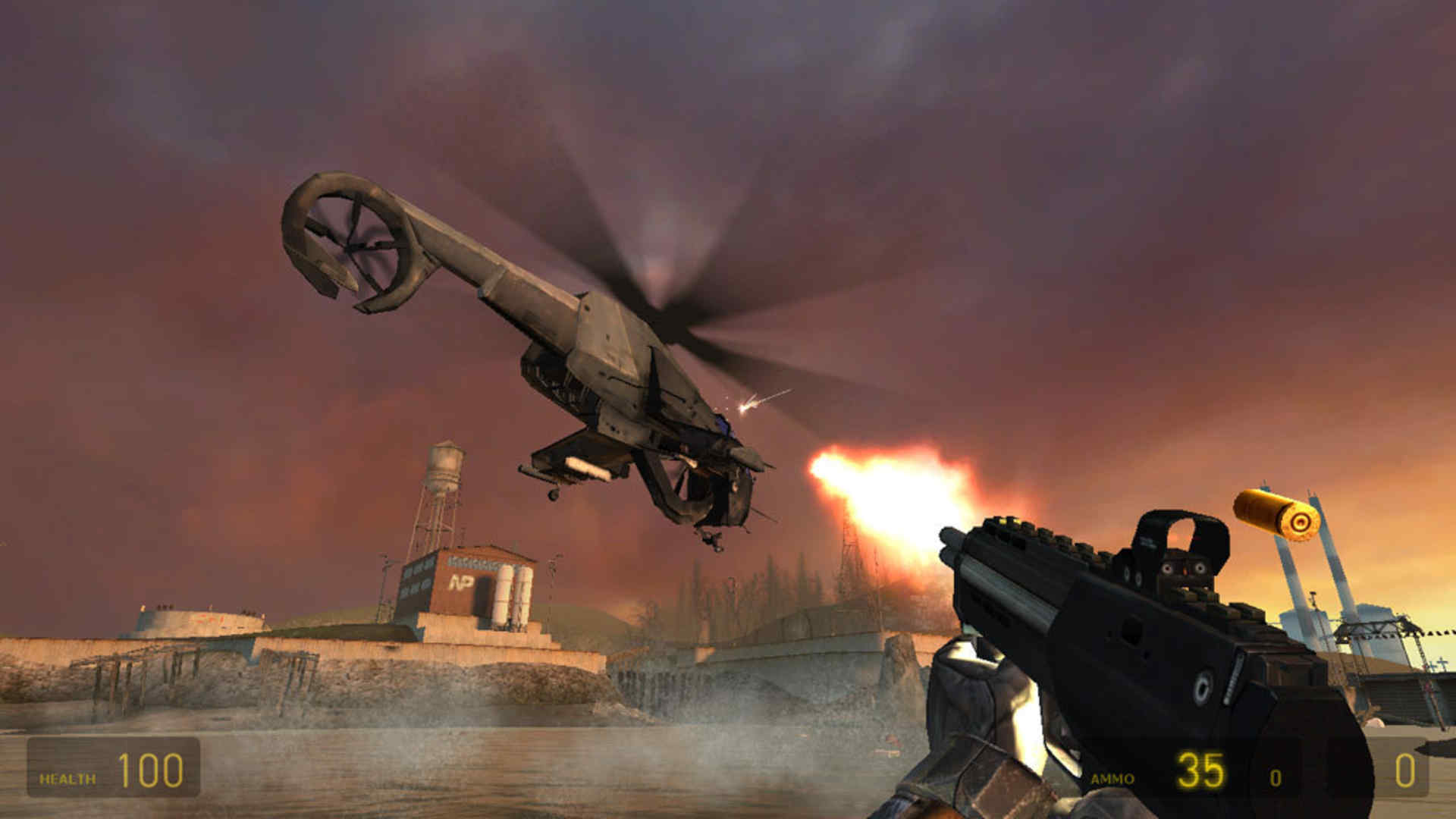
Half-Life 2
Having seriously raised the first-person shooter (crow)bar with Half-Life, developer Valve went and did again. Half-Life 2’s Gravity Gun – or more accurately, the Zero Point Energy Field Manipulator – redefined the landscape not just for shooters, but games in general. How? It created a way for players to interact with the world beyond ‘shoot it’.
As PCs became more powerful, 3D worlds became more detailed and graphically complex. Yet they remained little more than painted backdrops. You could admire them, but that was it. And then Gordon Freeman returned with a world of free objects, and each one was subject to universal laws of physics and even buoyancy.
Players could manipulate the debris of this dystopian future to solve problems, explore or simply to kill Combine soldiers in amusing ways… the Gravity Gun was the tool that made precision grabbing, moving, stacking and flinging possible.
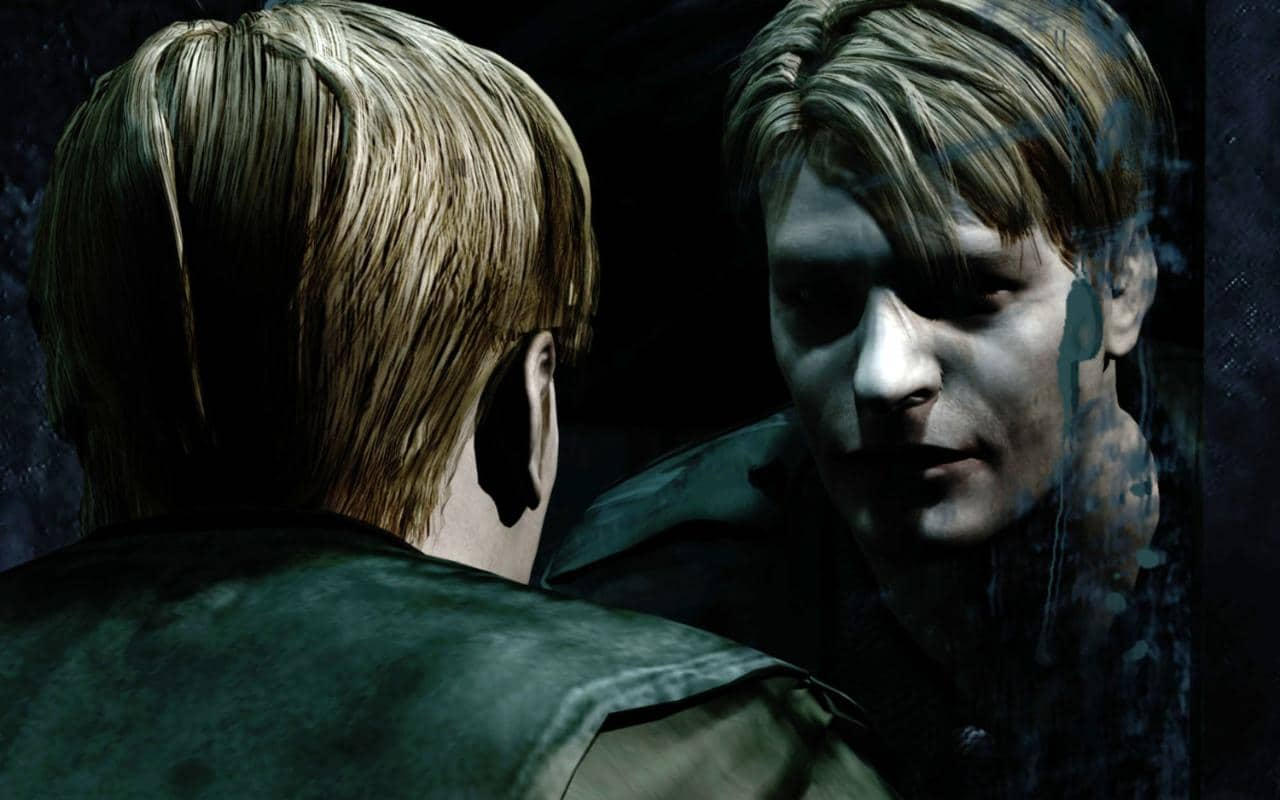
Silent Hill 2
Dogs crashing through windows, blood-smeared zombie faces… horror games such as Resident Evil became legendary for their shocks. Silent Hill took another approach – and boy, did it work.
Though we’re seven major games into the series, 2001’s Silent Hill 2 remains the high point. Instead of jump scares it used psychology to unnerve: strange events, strange fog, strange darkness and even stranger survivors dot an eerily empty town.
Its monsters are grotesque, yes, but still the opposite of RE’s raging bio-terrors. The nurses’ broken-necked shivers, the flesh-things motionless in black corridors, the faceless shuffle of butcher-aproned Pyramid Head… they were slow, menacing creatures that lacked glowing weak spots, powerful attacks or cinematic entrances.
They didn’t need them. They were deadly, because your character (James Sunderland) is not a good fighter. He’s slow and clumsy. He can’t even shoot straight. He’s the opposite of the traditional hero – and as the devastating endings reveal, he’s not even a good man.
You get a sense of this as you go, because everything from your enemies to the world to the locations themselves works on a metaphorical level as well as physical. Who is James? What has he done? Is this a nightmare? The answers come in both a physical and symbolic descent into a very dark place indeed.

Resident Evil 4
In 2005, the fourth game in this classic series ditched its own well-established ideas by the handful, and won big.
Out went almost everything Resident Evil and survival-horror relied on: the fixed camera angles and pre-rendered backgrounds disappeared, replaced by an unusual over-the-shoulder view. It’s been seen in everything from Gears of War to Batman to Dead Space.
Out went the claustrophobic spooky mansions and underground labs, replaced by a sprawling Spanish village full of murderous villagers. This misty, tumbledown exterior owes a debt of thanks to Silent Hill.
Out went the nightmarishly tank-like movement and sluggish shooting, and in came Quick Time Events, context-sensitive controls and precise aiming – vital against now-clever enemies who work in mobs. It was a new template so successful it remained recognizable right up until 2012’s Resident Evil 6.
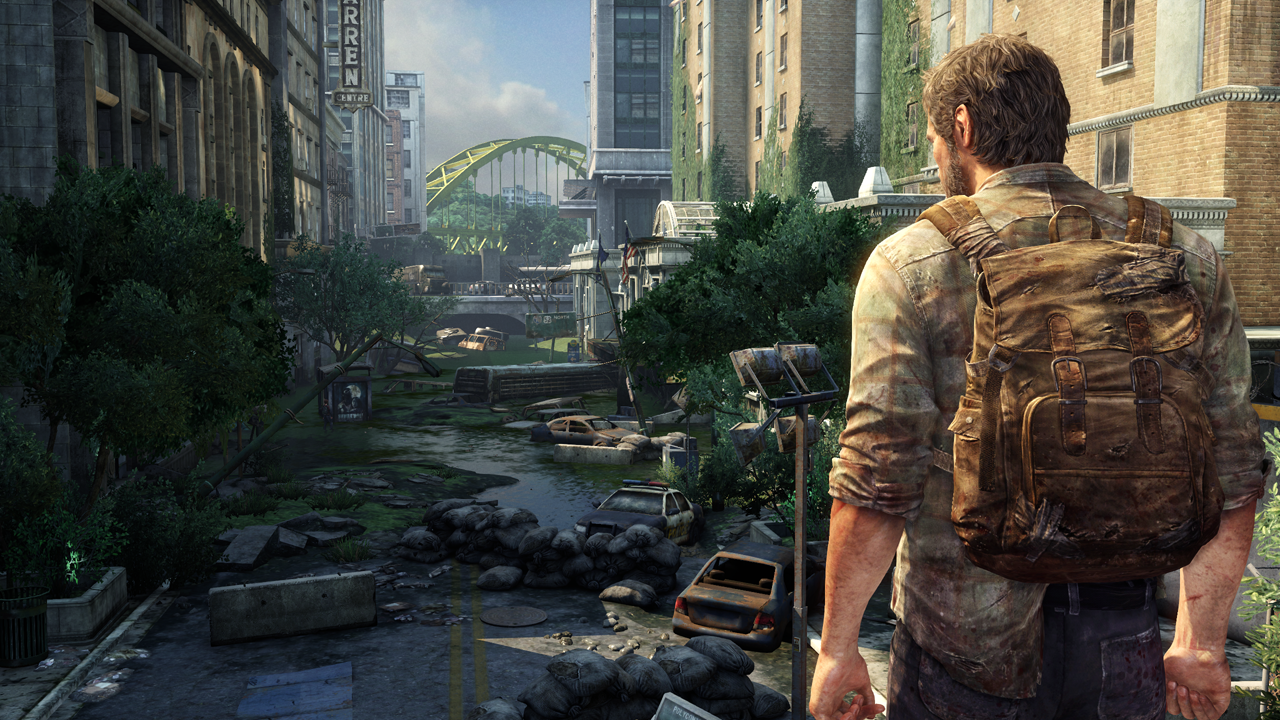
The Last of Us
If you’ve played as one surly videogame protagonist who deep down is conflicted about violence, you’ve played a thousand. And while Joel looks the part of the generic game hero, his true motivations are deeper than ‘war is bad.’
Far more notable, however, is Ellie. Born into the post-apocalyptic world, Ellie is the 13 year-old girl who accompanies Joel throughout the game. She’s central to Joel’s life and the game’s story. She takes pride of place on the box art – despite pressure from Sony for Naughty Dog to either relegate her to the background or leave her off altogether.
Ellie is a major character who’s not male, not sexualised and not even adult. Plus she, and you, don’t save the world. The Last of Us didn’t just tear up the rule book, it shredded it.
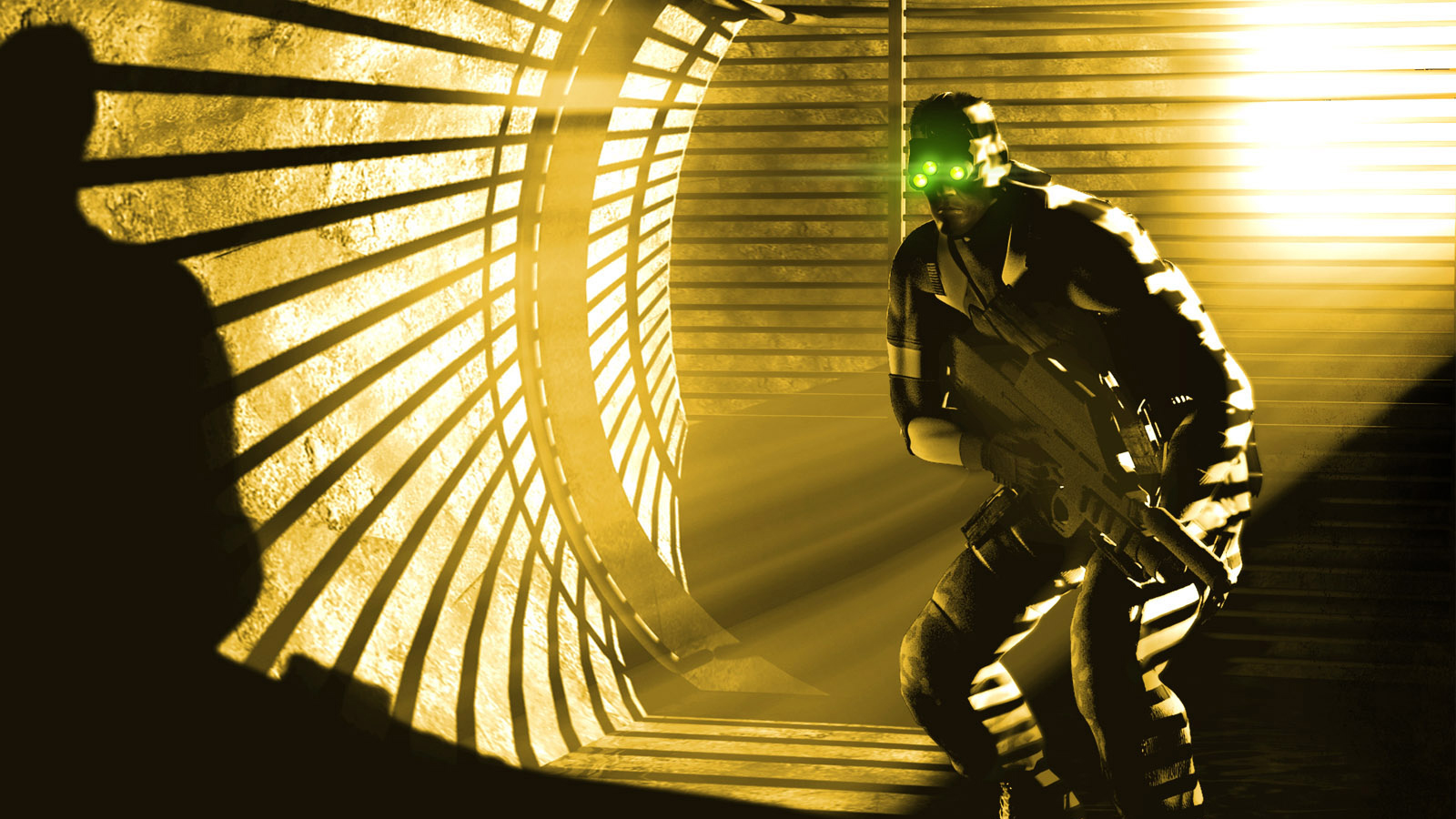
Splinter Cell: Pandora Tomorrow
Ubisoft call its ‘Spies Vs Mercs’ mode ‘multiplayer action redefined’, and it’s not just empty marketing. Spies Vs Mercs created something truly compelling – asymmetric play.
Instead of running around as broadly equal characters, each side here has wildly different attributes, abilities and weapons. The Mercenaries are the sort of bulky, heavily-armed soldiers you’ll know from other Tom Clancy games, while the Spies are fast and lithe and… basically unarmed. The only way a Spy can kill a Merc is by sneaking up and strangling them. All the Spy’s gear is about evasion and stealth. All the Mercs is about detection and killing.
There are many, many ways for Spies to exploit the nooks and crannies of each level, which is good – each levels is filled with motion detectors, cameras and tripwires. Meanwhile, the Mercs can lay further traps.
Sounds like a wildly unfair fight? It’s not. That’s the genius of it, and the end result, as each side adapts to the nuances of their role, is a fantastic game of cat and mouse that’s unlike any other. Spies vs Mercs also features in the most recent Splinter Cell, Blacklist, from 2013.
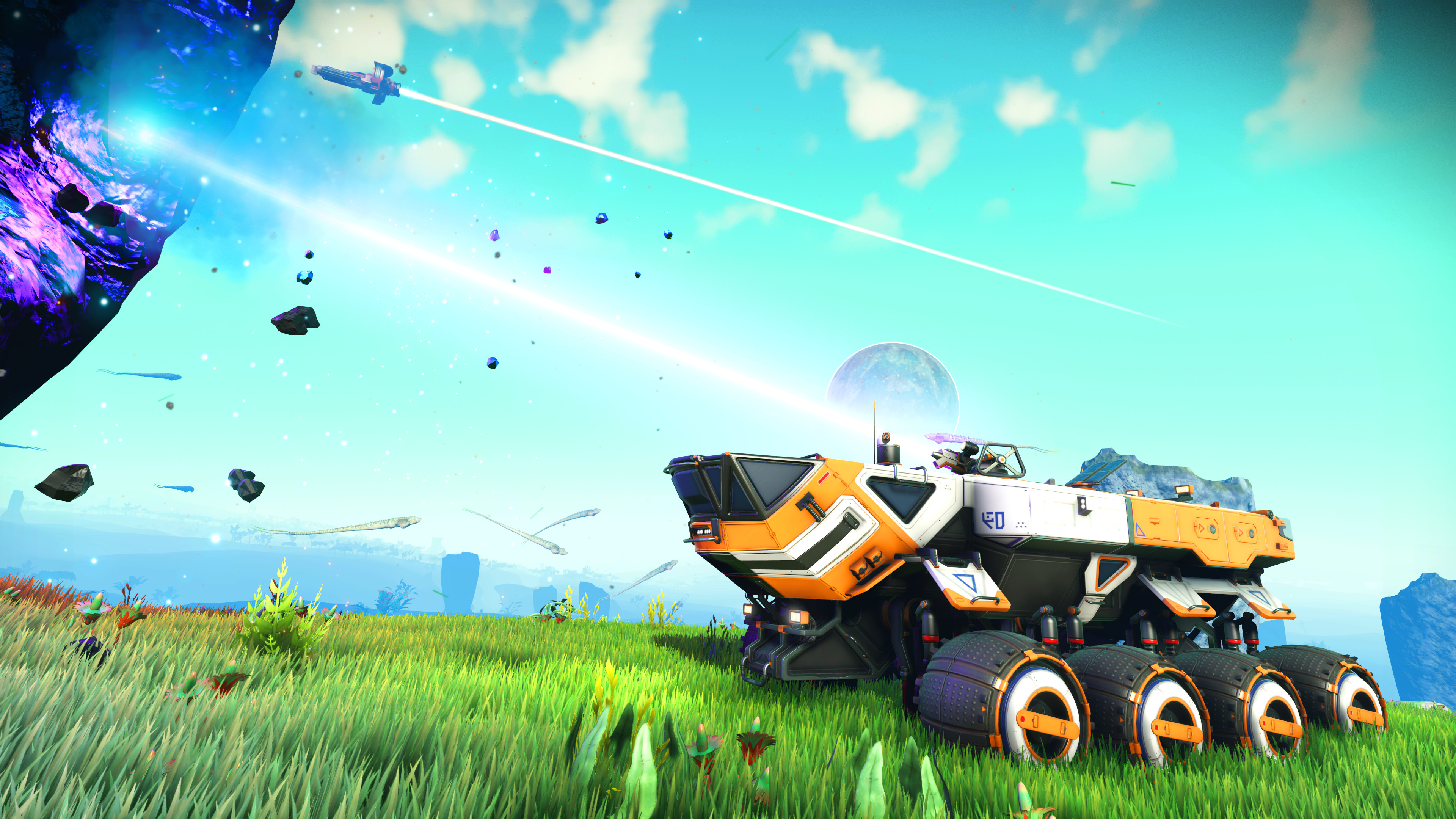
No Man’s Sky
There have been great space games before – everything from 1984’s Elite to 2003’s Eve Online to 2017’s Mass Effect Andromeda – but none have offered the sheer scale, ambition and freedom of No Man’s Sky.
Launched with an effectively infinite, shared online universe and at least 18 quintillion planets, NMS is procedurally generated, vast, and freeform like nothing else. It ditched pretty much every orthodoxy you cared to name.
Unfortunately, many felt it was also substantially less appealing than the considerable hype had promised. In the year since release, however, Hello Games has built No Man’s Sky into the game it arguably should have been. The Atlas Rises update has added much, including fast-travel portals, 30 hours of narrative, new missions and a 16-player co-op mode that – while still not complete – is described as ‘an important first step’ on the way to synchronous co-op.
Could any game this mold-breakingly ambitious (let alone one from an indie studio) arrive perfectly formed? To put it another way: could any studio unprepared to risk some level of failure ever give us such staggering, game-changing ambition?
To free your gaming experiences from the confines of wired controls, check out this page and learn more about the G613 LIGHTSPEED wireless mechanical keyboard and G603 LIGHTSPEED wireless mouse.
Sponsored by Logitech
Keep up to date with the most important stories and the best deals, as picked by the PC Gamer team.

